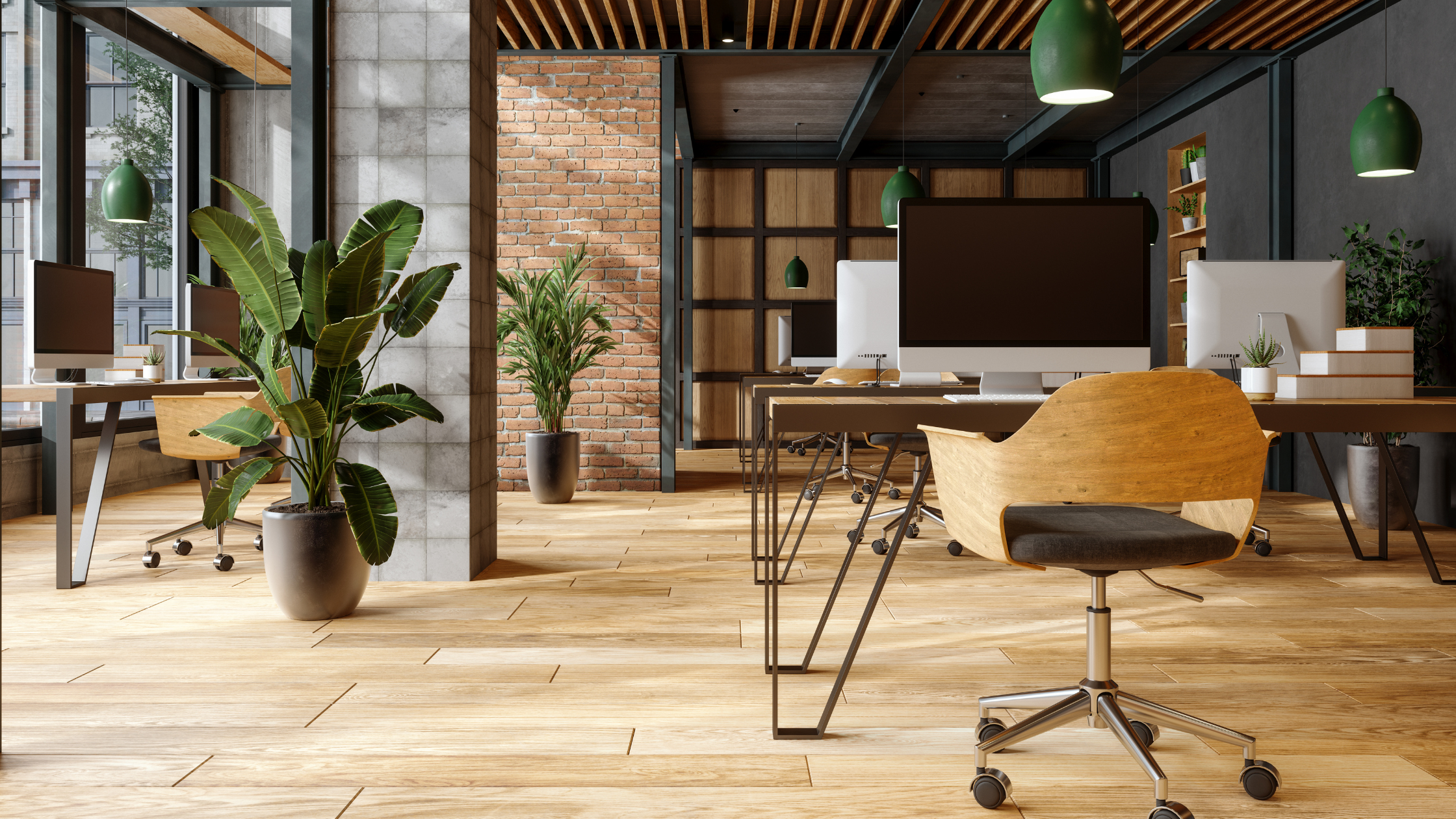On the heels of Covid-19 and The Great Resignation, many companies have restructured to incorporate hybrid and remote-friendly positions. In response, the number of remote workers has tripled across the United States, giving employees the flexibility they’ve always wanted.
However, as the number of digital nomads surges and people across various professions begin to embrace remote work, employers and workers alike are becoming keenly aware of the woes remote workers can face. From struggling to find distraction-free workspaces to navigating feelings of isolation, the remote work lifestyle has proven to be more challenging than expected.
To help, we’ve drawn up a list of tips for how your coworking space can help people avoid some of the common obstacles of remote work. Take a look.
How Your Space can Help Remote Workers Avoid Common Obstacles
Establish Your Coworking Space as a Distraction-Free Area
One of the most important things many remote workers look for when establishing a workspace at home is a comfortable, distraction-free area. But it can be difficult to establish boundaries with family or roommates, and it’s almost impossible to avoid construction and loud neighbors — not to mention the constant temptation of household chores and social media.
Remote workers thrive when they have a dedicated space that’s comfortable and distraction-free. Luckily, your coworking space can be the solution on both accounts!

To help your members establish clear boundaries between their work lives and their personal lives, make sure you’re cultivating an atmosphere that’s in tune with your members’ needs. Give them the space to increase their productivity and sharpen their focus. For instance, it’s perfectly OK to queue up some music to infuse a little energy into your space, but be mindful of the playlist you choose. Make sure it’s not overly distracting. When in doubt, it’s best to select instrumental music (try this Deep Focus playlist from Spotify) that’s geared toward flow and productivity. That way, you send a clear message to your members that your space is a workspace, first and foremost.
Maintain an Organized Space
While an organized workspace can enhance moods, it can be hard to keep a home office neat and tidy all the time. A home office doesn’t become cluttered in a day — it happens gradually. And when it does, it can lead to feelings of anxiety and frequent distractions. Some people can operate in chaos but the truth is, most of us crave structure and organization.

Keep this in mind as you maintain your coworking space. Stay on top of regular cleaning, ensuring all floors, desks, and common areas are pristine and sparkling. Likewise, keep your empty boxes and promo materials stowed away in a storage closet. While leaving a half-done project out and about might not seem like much of an inconvenience to anyone at first glance, just remember: clutter has a devious way of diverting your attention from the task at hand.
Help Your Members Master Time Management
The transition from rigid in-office schedules to the flexibility of remote work can be challenging to master, especially with odd working hours due to time zone differences and varying deadlines.
Additionally, it can be stressful for family members and roommates to deal with a remote employee working late into the night, or early in the morning, creating strains on personal relationships that could be avoided.
Working from a coworking space gives remote workers the clean-cut boundary they need to separate work life from personal life. Plus with digital door access, you can give your members 24-hour access to your space, giving them the flexibility to come and go as needed.
Design Your Space With Healthy Routines in Mind
Not only have Covid-19 and The Great Resignation upended the way we work, but they have also affected how we take care of ourselves. The flexibility of hybrid and remote work models is beginning to change that. More employers are offering “flex time” or unlimited PTO, and many remote workers are finding themselves more comfortable taking the time to address their personal health.
Remote workers experience several benefits when working from home including ease of access to wellness and medical needs. Many remote workers have started taking advantage of these offerings like booking virtual doctor’s appointments or ordering blue light glasses and contacts online to help save time and mitigate eye strain from computer screens.
But although work-from-home has made it more convenient to prioritize wellness, there’s an argument to be made that it’s become too convenient and as a result, more remote workers are forgoing self-care altogether.
Design your coworking space to help remote workers keep wellness top of mind by implementing space and equipment for wellness such as standing desks to help lessen back pain and meditation spaces. Try offering morning yoga or scheduling coffee/stretch breaks throughout the day.

These offerings allow members to feel more calm and relaxed in your space (which will keep them coming back for more).
Ensure Access to Technology and Equipment
It’s no secret that most remote workers rely heavily on technology to get them through the day. And it’s imperative that they have access to everything they need to keep their devices working properly and efficiently.
And while working in a public place such as a coffee shop can be cozy, it can also be extremely difficult to find a public space that provides enough outlets, a secure Wi-Fi connection, and a welcoming atmosphere for patrons who spend $4 but stay for four hours.
Understanding what remote workers need will help you attract new members and retain existing ones. Provide access to plenty of outlets and a secure Wi-Fi connection. Keep excess chargers, laptop stands, HDMI cables, desktops, and other devices on hand for members to use when necessary. This can be a notable draw for remote workers when choosing their comfortable, distraction-free workspace.
There are many obstacles and challenges that come from working from home. Establishing your coworking space as a stable, organized, secure, and distraction-free environment will ultimately help you provide a better experience for your members, while also allowing them to enjoy the flexibility of a remote lifestyle.
Looking for more tips?
